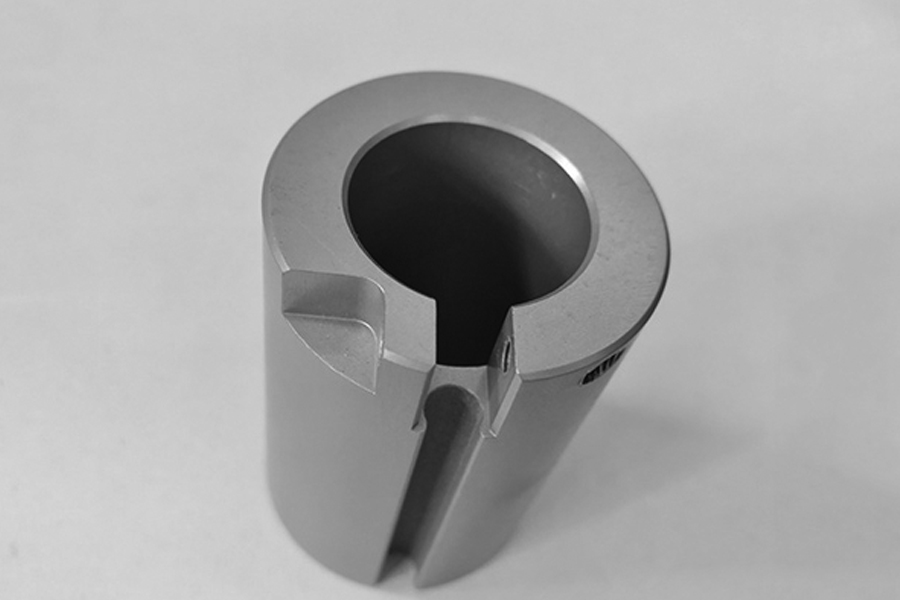The machining accuracy of CNC machine tools is affected by many factors such as rigid, electrical, workpiece material, processing technology and environment. It is impossible or difficult to guarantee the machining accuracy of CNC machine tools by a single precision control method. For this reason, people have studied a variety of accuracy control theories and The main point is to improve the precision of CNC machine tools. As usual, the machining errors of CNC machine tools originate from the following aspects:
- ① How many errors are produced during the manufacture and installation of the parts and layout of the machine tool, including part size errors and device errors;
- ② Thermal deformation error caused by internal and external heat sources of the machine tool;
- ③ Machine tool weight, cutting force deformation and vibration error due to insufficient dynamic stiffness;
- ④The servo tracking error generated by the machine tool axis servo system;
- ⑤ Interpolation error generated by CNC interpolation algorithm;
- ⑥Other errors, such as environmental errors caused by external vibration, humidity, airflow changes, etc., and detection errors caused by gestation in the detection system.
There are many factors that affect the machining accuracy (which is determined by the final position accuracy of the tool relative to the workpiece), and the tension includes: how many errors in the layout of the machine (machining errors and device errors of the parts), thermal characteristics, spindle errors, tool wear, static load Workpiece fixture. According to the manifestation of errors, rigid errors are usually divided into two categories: deterministic errors (expressible and nonexpressible) and random errors (coherent and incoherent).
